
The Symbiocene Forest | Coexistence
@ BioArt Laboratories during the Dutch Design Week 2024
19 - 27 October 11-18 hrs, Oirschotsedijk 14-10, 5651 GC, Eindhoven
53 creative makers and artists explore how we can harmonize with nature and how we can foster deeper relationships between humans, animals, and the environment. 11 of them join via the Academie van Leiden.
Press Contact for Academie van Leiden: Miriam de Koning @ mdk@academievanleiden.nl or 0645600618.
All texts and pictures of the works can be used provided the artist and the title of the work are mentioned.
More pictures can be shared on request.
About the Academie van Leiden and the Symbiocene:
Living in balance with people, nature and technology, described by Glenn Albrecht as the Symbiocene, is a source of inspiration for the program of the artist platform Academy of Leiden. Led by art, research and nature, professional artists have developed lessons such as More Than Human Design, Concept Development, Making Artist Books, Perspective on Nature Experience and Artistic Research.
We offer a program where you, as an artist/maker, can think about the path to get there. Freedom is essential, because we understand that a road can be 'long and winding' with interesting turns. The overarching idea is that if we exchange knowledge, skills and ideas, we can strengthen each other for now and for the future through inspiring coexistance.
See also
here. (Dutch)
In 2024, 47 participants joined our Winter Pilot and the Summer Program.
BioArt Laboratories selected 11 makers/artists from this group
for The Symbiocene Forest | Coexistence:
Mijke Anink (1980) examines material in relation to the human scale, with a basis in ancient crafts applied for contemporary use.
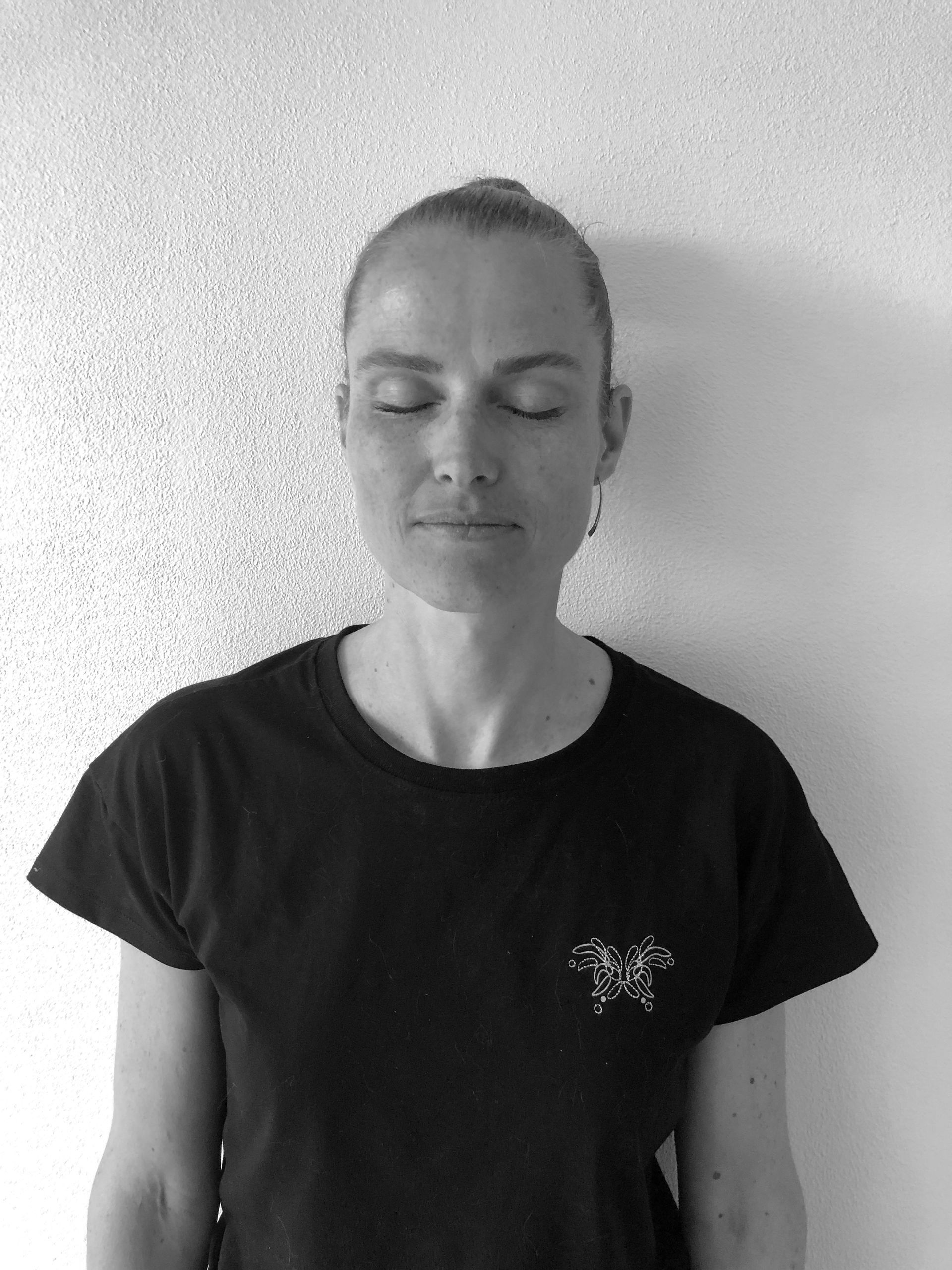
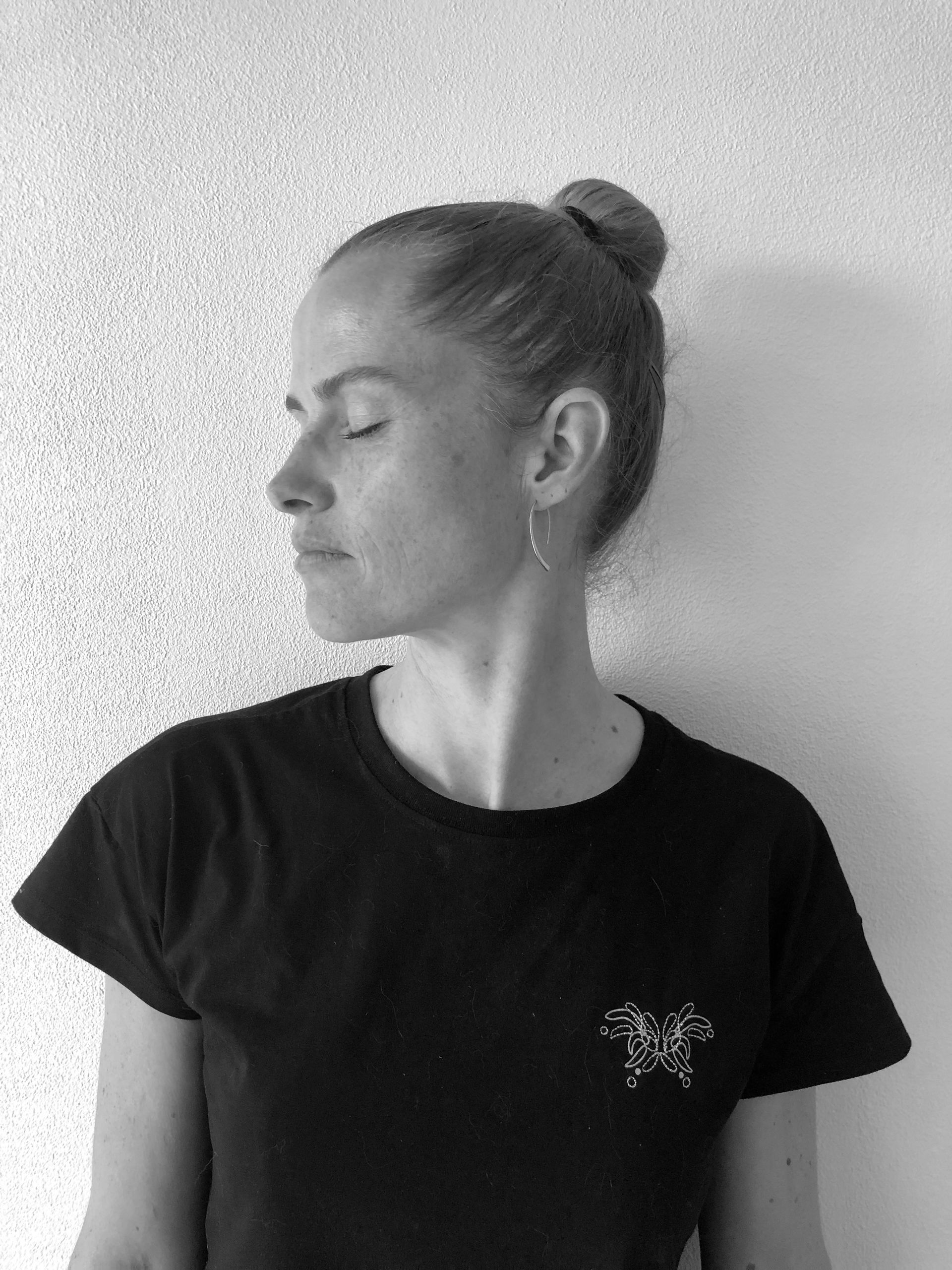
Work

Model Ribcage Folly
Follies are buildings without rules or function and have been built for centuries for entertainment and as a status symbol. This folly was designed as a status symbol of our time; a bare ribcage. We seem to control nature, use its energy and raw materials for our convenience and thus gnaw its bones. Nature, with its primal power of renewal, lies still and seems dead. But this is only the winter period, in the core of the ribcage hangs a cocoon, the stillness and the hope for the new start.
This folly emphasizes the immense power of innovation in nature. Nature that transforms like a larva that changes into a new form. It is an image of criticism of the often destructive power of man and an image of hope about the resilience of nature.
Monique Aubertijn
(1965)
makes objects from natural and recycled materials using various craft techniques. Intensive manual work, so that ideas can grow slowly.


Work

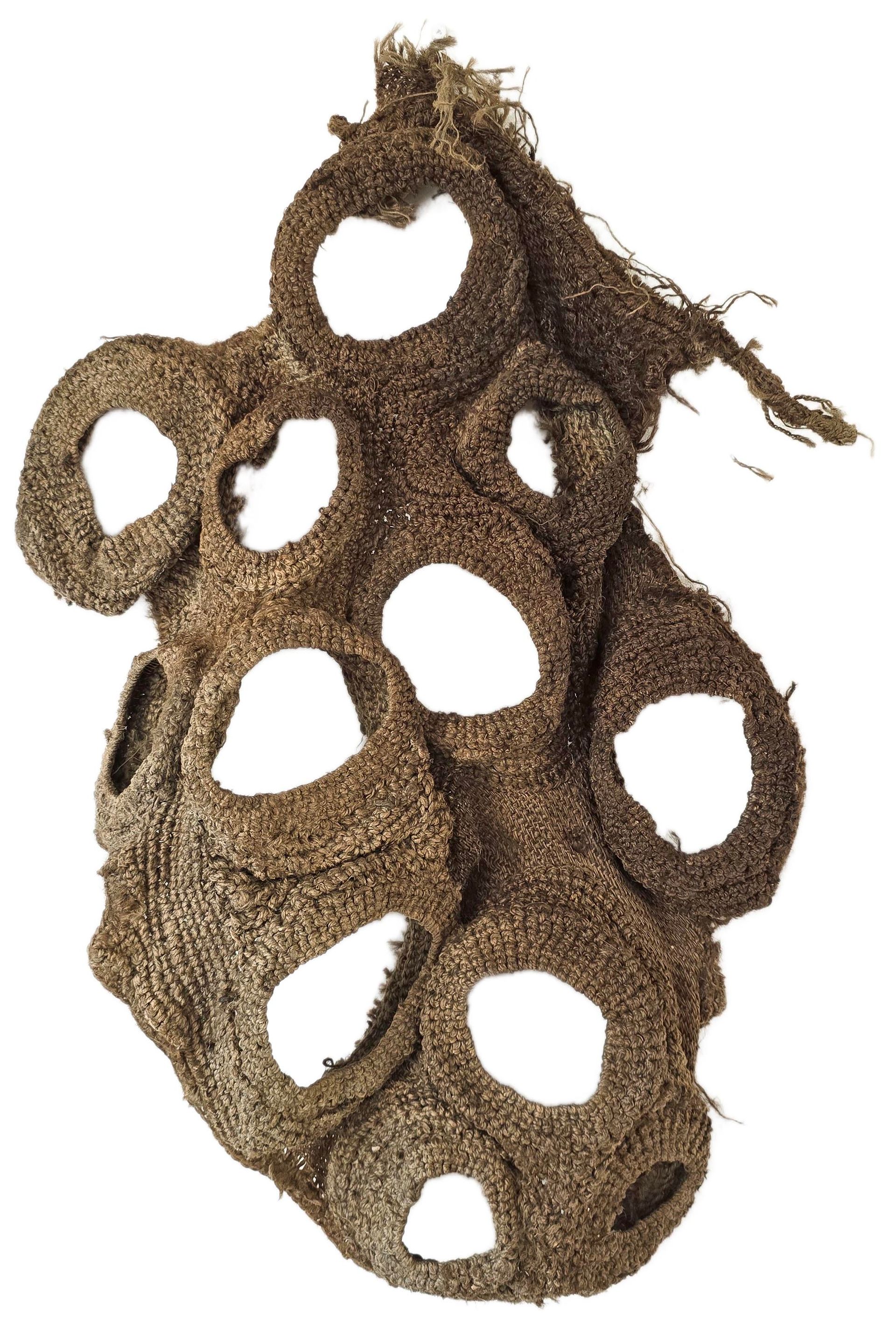
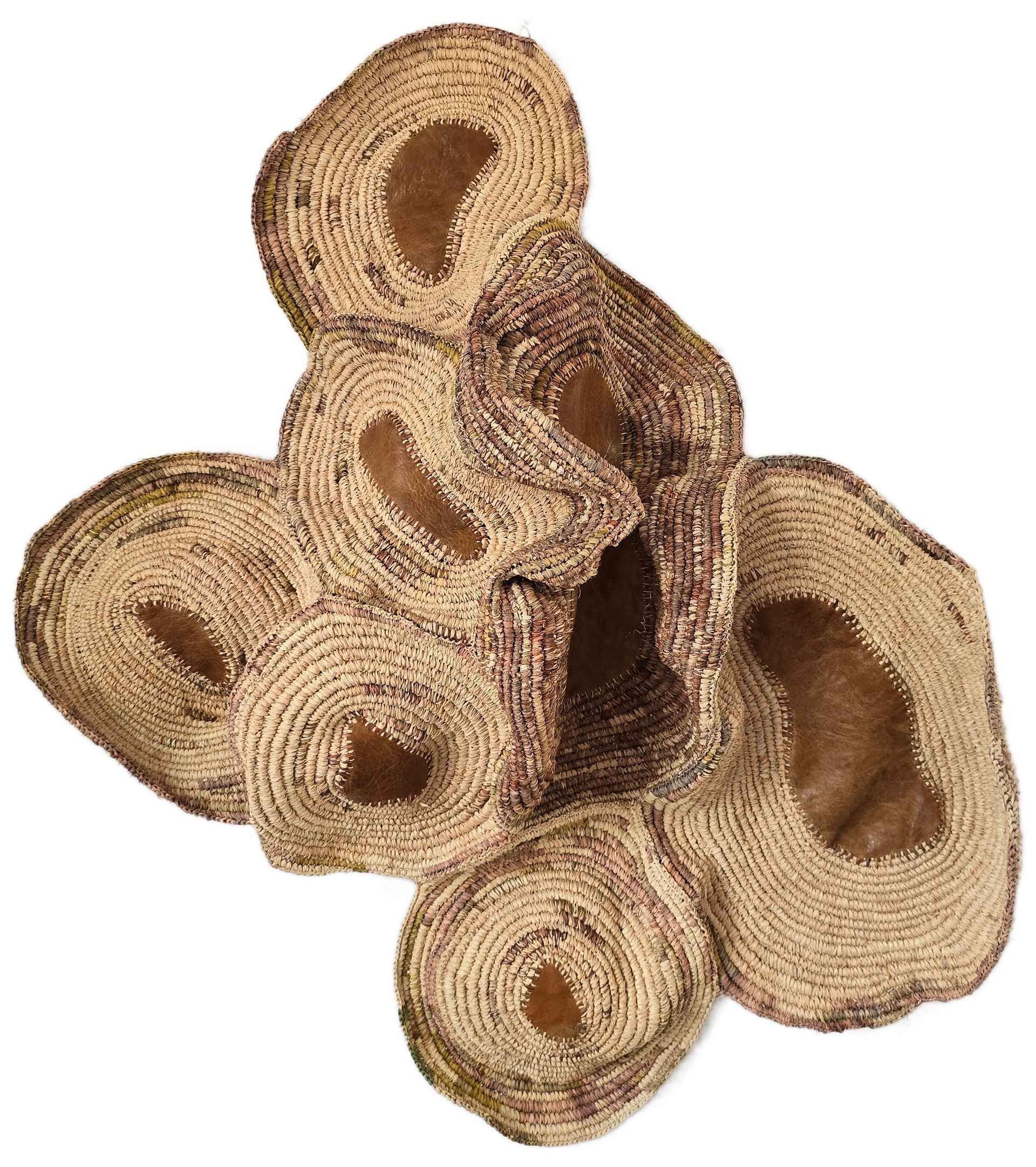
Lichen #1 and Lichen #2
Textile objects made from old burlap cocoa bags, organically, as if made by nature itself. The irregular shapes reinforce the idea of a slow-growing organism, similar to lichen clinging to a rock or tree.
A lichen is not a single organism; it is a stable symbiotic association between a fungus and algae and/or cyanobacteria. This collaboration shows that coexistence is not only possible, but can actually be a force that enriches life. Recognizing mutual dependence is essential for growth and survival.
Fungi #1
The work evokes an association with the world of mushrooms such as fairy benches or tinder mushrooms. The pattern is reminiscent of the concentric rings of fungi and the unpredictable, but structured shapes of natural fungal growth. Fungi live in microscopic networks (mycelium), but their impact on larger ecosystems is enormous. They exist as small, individual organisms and are at the same time part of a larger, connected system. This concept emphasizes that every element, no matter how small, plays a role in the bigger picture.
Mathilde Hijink
(1962) develops a great fascination for what drives people. She studied at the KHL Haarlem art academy for three years and will temporarily stop in 2022 to attend workshops such as BioArt and More than Human Design at the Leiden Academy.
As an artist she works a lot with the themes of interaction, connection and change. Hijink works from feeling and forms and sometimes words/short texts are created.
www.instagram.com/mathildehijink
Artcollective De Nok, Haagweg 4H9, 2311AA Leiden
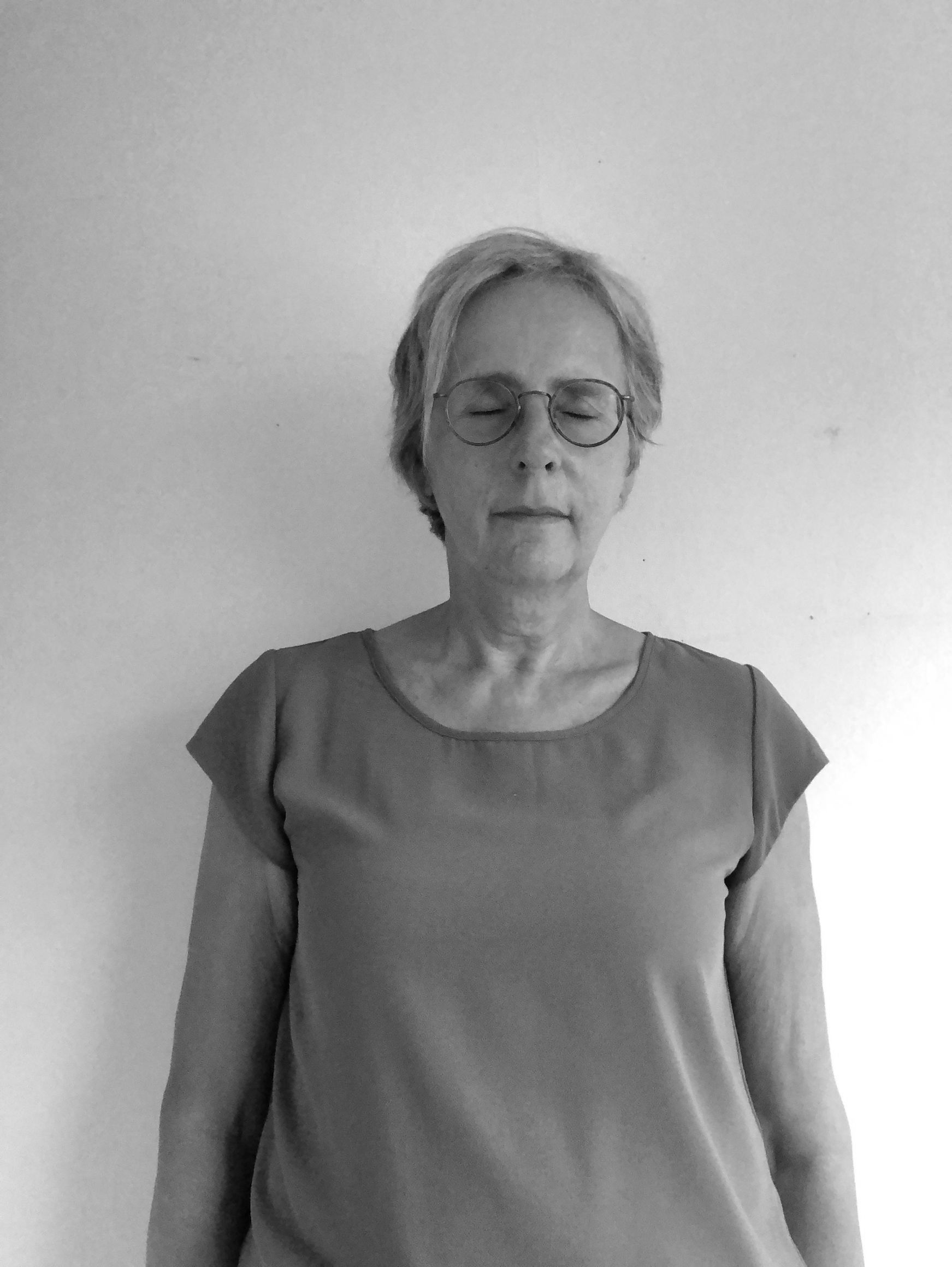

Work

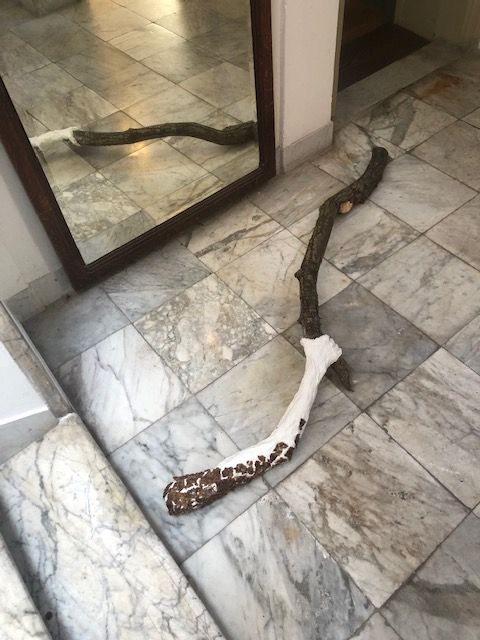
Remember
My series 'Care' was created in response to the theme of climate change and from my connection with and care for and about nature, of which this work is one of them.
As the daughter of a potato farmer and as a nurse, I feel a deep connection with nature, people, and everything that lives.
The work 'Remember' consists of a found branch of a tree, a clay arm with pieces of potato peels turned into paper on it.
The branch and the hand hold each other. Who grabs whom?
The potato peels are like pieces of bark, but they also represent my roots. My father, the farmer, who taught me the love of nature. But they seem to be drifting apart these days.
My work is about connecting with each other, wanting, seeing the connection, changing, innovating and sometimes suffering pain. It's and - and
Michiel Keller (1974) creates films and audiovisual installations. He likes to amaze his visitors. Sound is often in the foreground.
www.michielkeller.nl
www.linkedin.com/in/michiel-keller-filmmaker
info@kellerfilm.nl
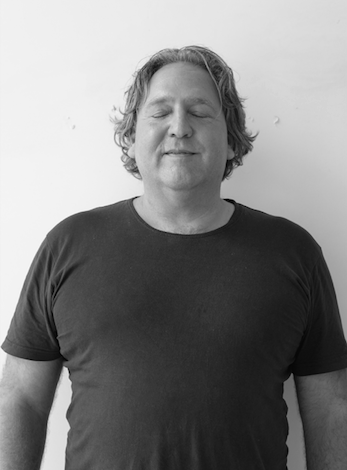
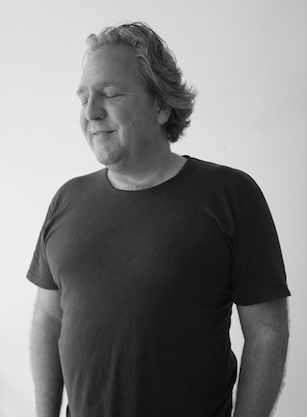
Work

It's Alive!
In the mesopelagic zone, 200-1000 meters deep, underwater animals live in a world from misty blue to pitch black. They use unique properties such as bioluminescence and magnetic navigation to survive.
Nosh Neneh (1993) works at the intersection of art and ecology. Using a speculative more-than-human lens, Neneh explores nature’s rights, its future scenarios and its ecological processes, resulting in immersive installations.


Work
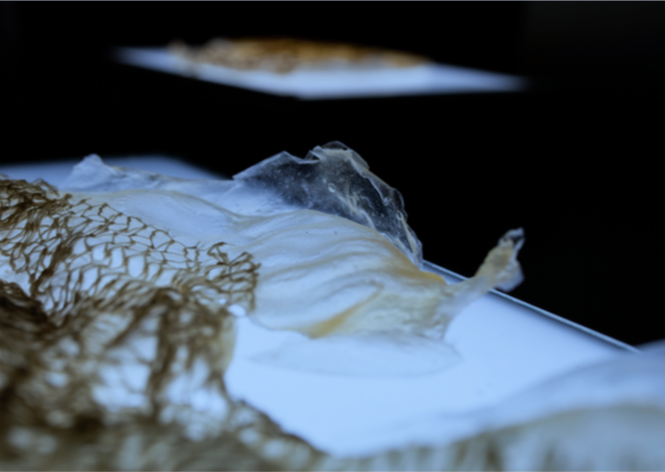

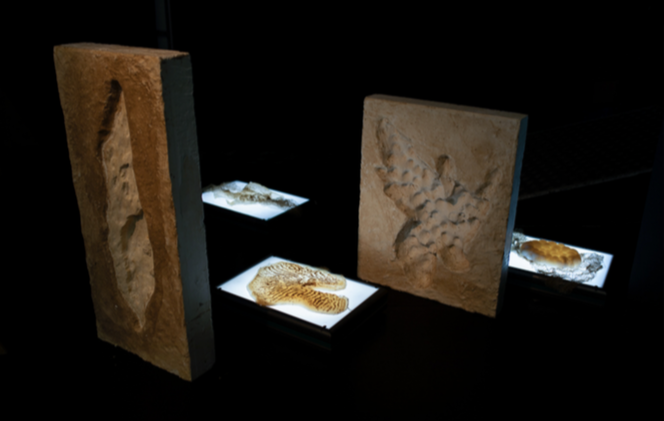
Reef Flux
Reef Flux unveils an installation that examines decay and transformation. The exhibit combines enduring fossils with transient sculptures crafted from different algae materials. The fossilized elements in the installation, inspired by the intricate patterns and forms of endangered coral species, serve as a reminder of the ancient history and future vulnerability of these coral ecosystems.
The algae-based sculptures are in a constant state of flux, evolving in color, shrinking, fracturing and succumbing to mold. This use of algae also emphasizes their symbiotic relationship with corals, symbolizing the interdependence between different forms of life. These constantly evolving sculptures, alongside the enduring fossils, foster a dialogue about the rapidly changing marine landscape.v
The algae-based sculptures in Reef Flux embody the theme of ‘Co-Existence’ through their constant transformation and interaction with the environment. These sculptures undergo a continuous evolution, shifting colors, shrinking, fracturing and eventually succumbing to mold. They embody the symbiotic relationship between algae and corals, emphasizing their mutual dependence and cooperation. By featuring algae in a state of perpetual change, Reef Flux underscores the interconnectedness of different life forms and their role in maintaining ecological balance.
The transformation of the algae sculptures serves as a metaphor for the intricate relationships and co-existence of diverse species in a world of constant change. It highlights how ongoing change and the need for collaboration and adaptability are crucial for the balance of ecosystems.
Marc Paulusma
(1991) experiments with biological processes and residual flows, exploring the relationship between humans and nature. Through this process, he develops innovative products, techniques, installations, and experiences that raise awareness by blending function with storytelling.
His research and designs are both self-initiated and commissioned. Studio MARC collaborates with nature and cultural foundations, such as museums, as well as companies interested in sustainability. He also works with scientists to explore the potential of new research.


Work
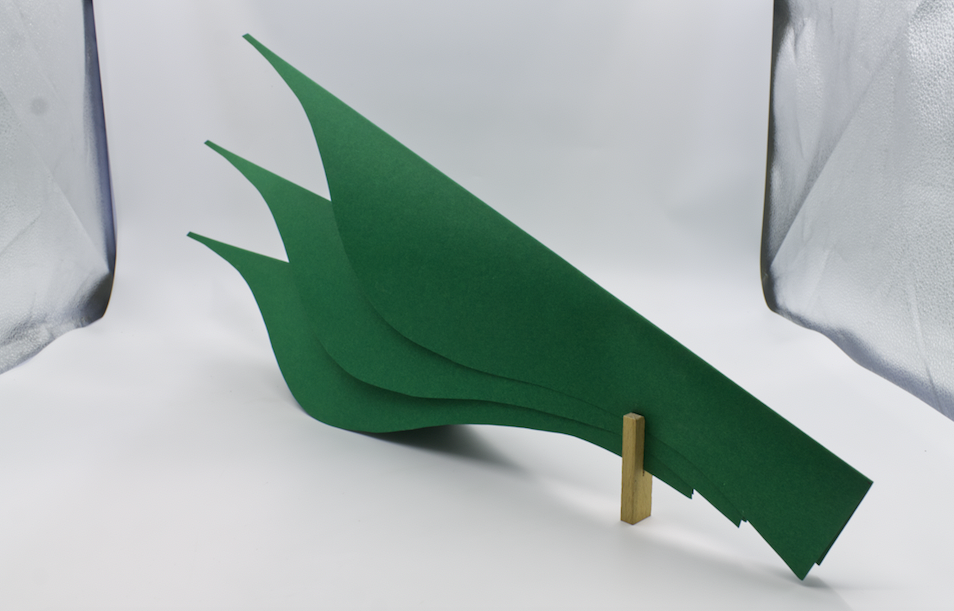
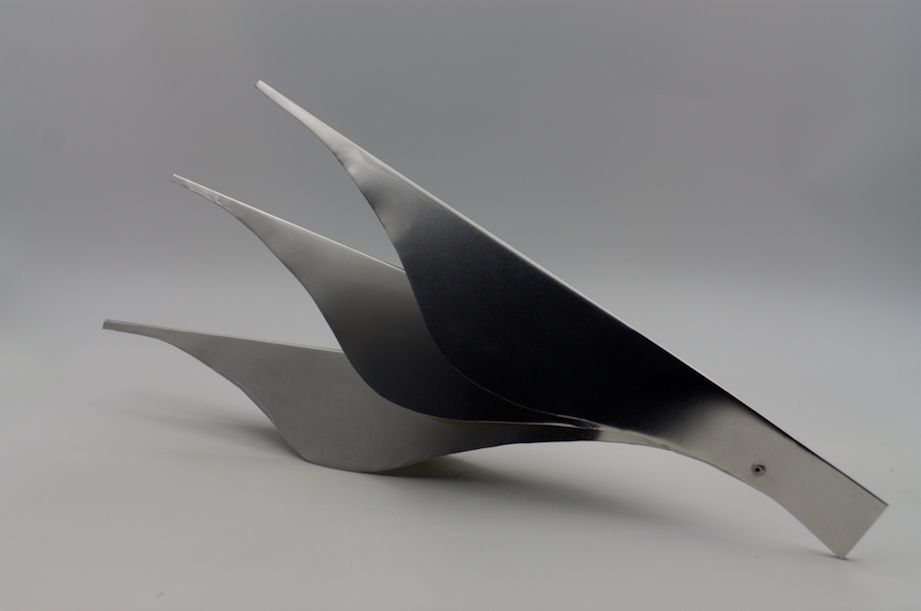

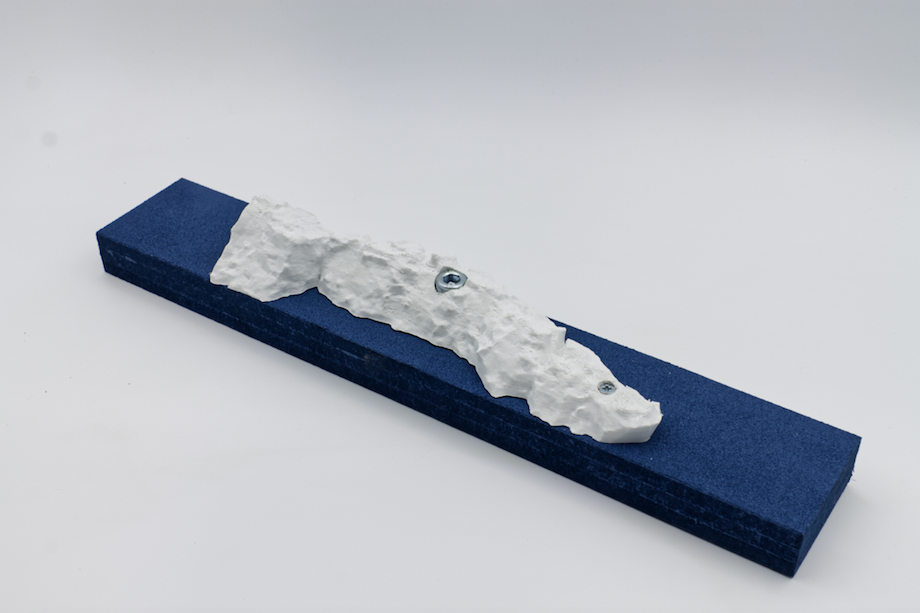

Fold
The great teasel (Dipsacus Fillonum) is a plant with a characteristic seed ball. The spines of the bulb are so-called bracts, leaves that are adapted for a specific function. In this case, a spine is formed for birds to process (only the goldfinch can reach the seeds with its pointed beak). Upon closer observation, the bract has a beautiful shape. The leaf appears folded and pointed to create a stiffness that makes it strong enough as a spine. Folding and pinching the material together laid the foundation for this design. The cultivated form (D. Sativus) of this plant has curved spines and is used in the wool industry for carding (Leiden) blankets.
Found Shapes
Climbing has seen a sharp increase in popularity in recent years. As a result, there is a great need for new designs for climbing holds, which are normally designed by hand. With the possibilities of 3D scanning, shapes from the environment can be copied. On a tree bark, in this case of the Persimmon (Diospyros lotus), shapes can be found that are reminiscent of climbing holds, but in miniature. These shapes have been scanned, edited and scaled to bring them from the micro to the macro world and thus make them suitable as a climbing grip. These found shapes are carriers of meaning and thus give a new context to climbing. The aim is to open a dialogue about the future of climbing and what climbing can mean.
The methodology of biomimicry led to the inspiration of these works. Biomimicry creates a sense of wonder about nature and teaches us to take a step towards a world where humans are less central and where there is more inclusion for nature in order to live better together. With these works I hope to contribute to the first step of this process by creating wonder about a world that is not always immediately visible, but which should be looked at with curiosity.
Dora Tiho (1979) works with natural fabrics and threads, combining embroidery with screen printing and eco-printing. In her work, she seeks a deeper, more intimate connection with nature, communities and cultures.
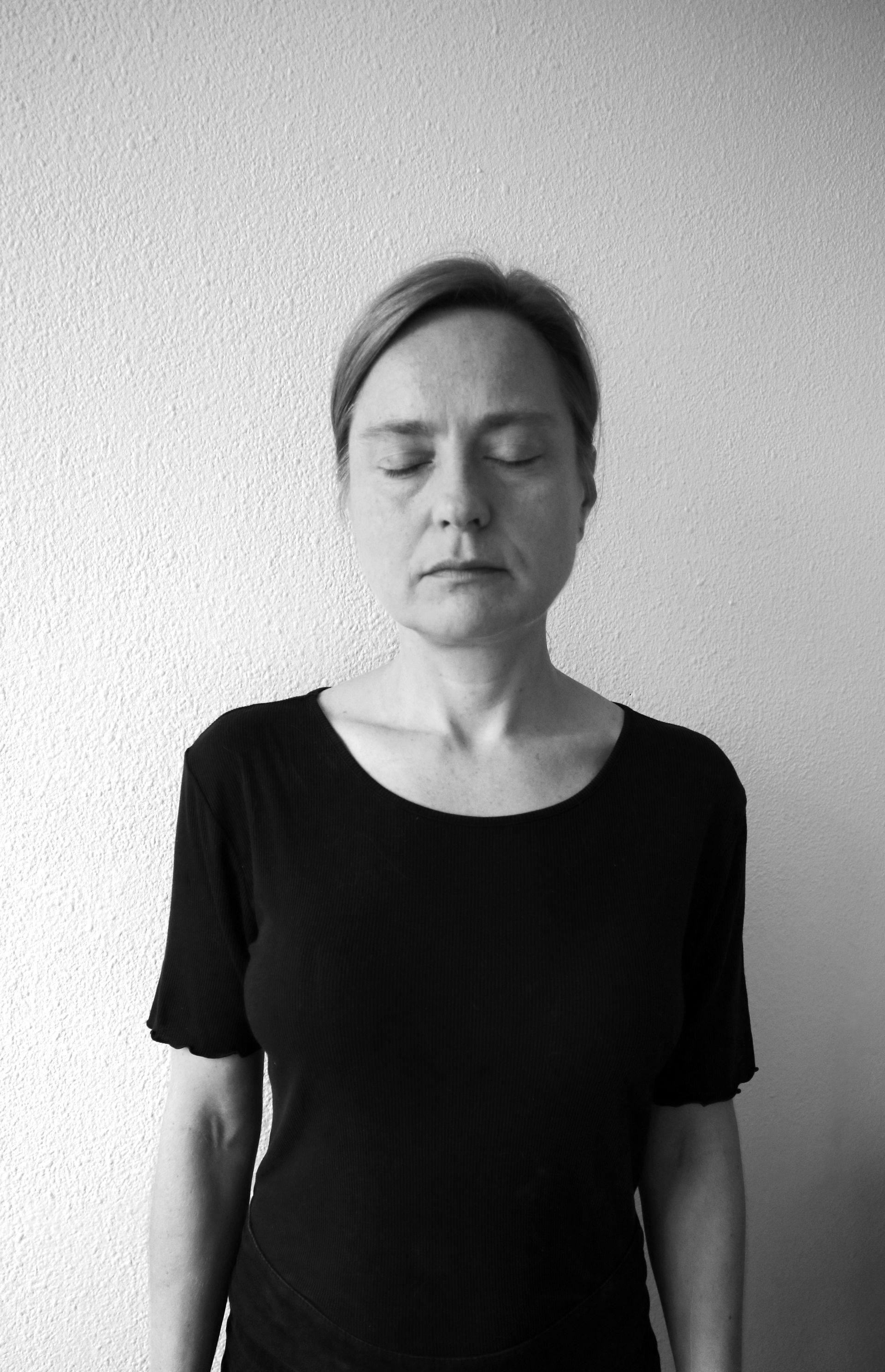

Work
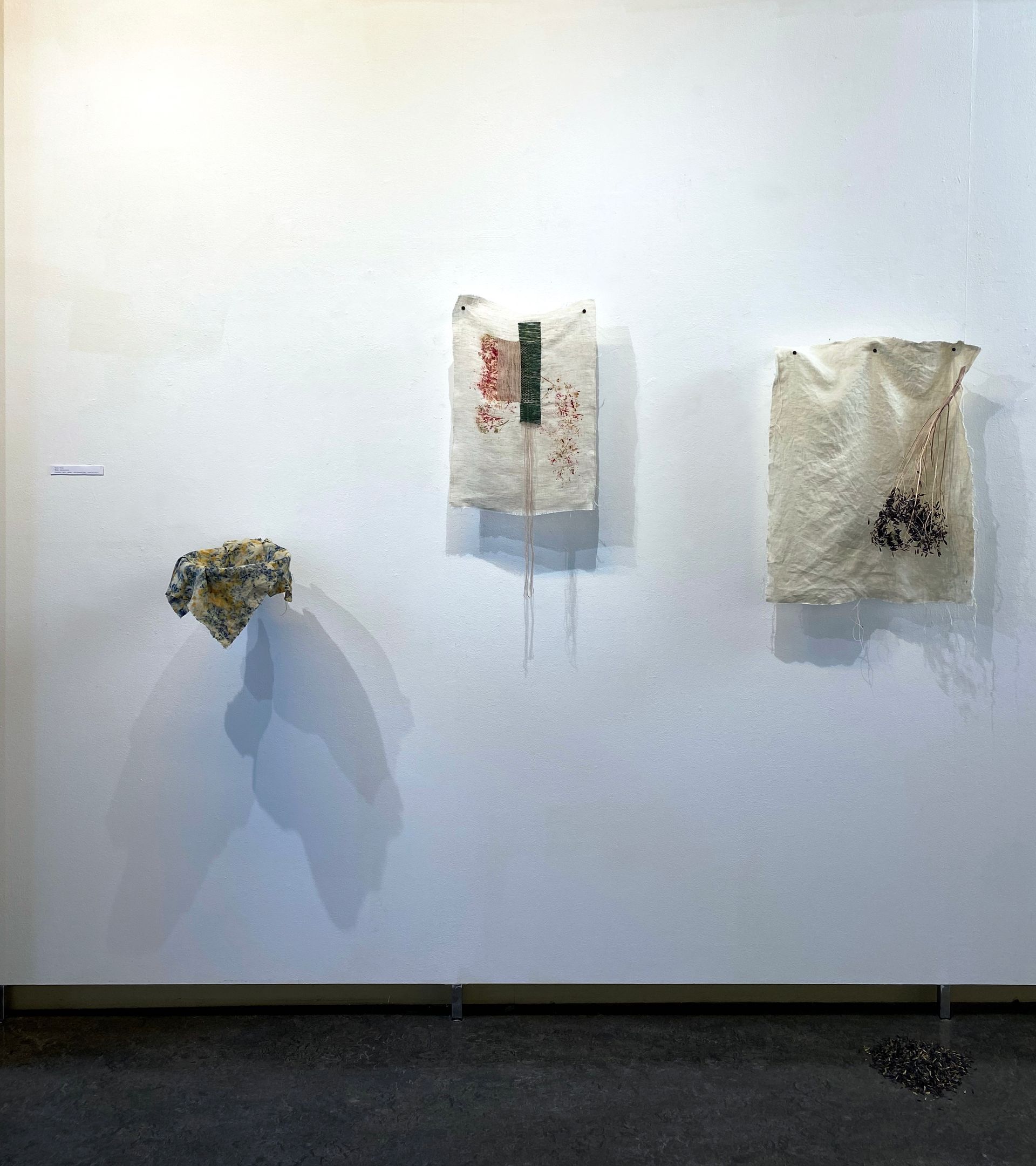

Woad (Tryptich)
"Woad" is a series of three works created in collaboration between the artist Dora Tiho and the plant - dyer's woad (Isatis Tinctoria). The first gesture was made by the plant - the action captured against the background of a raw linen canvas, a field of artistic expression. One of the canvases presents an eco print with colors obtained from woad seeds and marigold petals. On the second canvas there is a monoprint made with a woad branch. A sprig of woad was hung on the third cloth, and a pile of seeds was placed on the ground below. The trace left by a plant on the canvas contains an element of randomness and the unknown, which, according to the artist, is comparable to the work of nature. The work that is surprising, enchanting and thought-provoking. This challenges the artist to enter into a dialogue with the plant, trying to bring out the meanings and beauty hidden within it, and to deepen her own artistic expression.
My goal was to give the plant a voice and enter into dialogue with it, so that we could exist together at the level of exchanging thoughts and ideas. Woad does not become an object of deconstruction but appears in this work as an independent entity. It’s having a conversation - with me as well as the audience.
Marjolein van Veen
(1964) is driven by involvement in the major issues in the world. She
focuses - as a lens-based artist - on projects in which she seeks meaning in the intangible, creates her own worlds and uses nature as a reflection of human feelings.
Old and new (photographic) techniques are researched and applied.
www.marjoleinvanveen.com
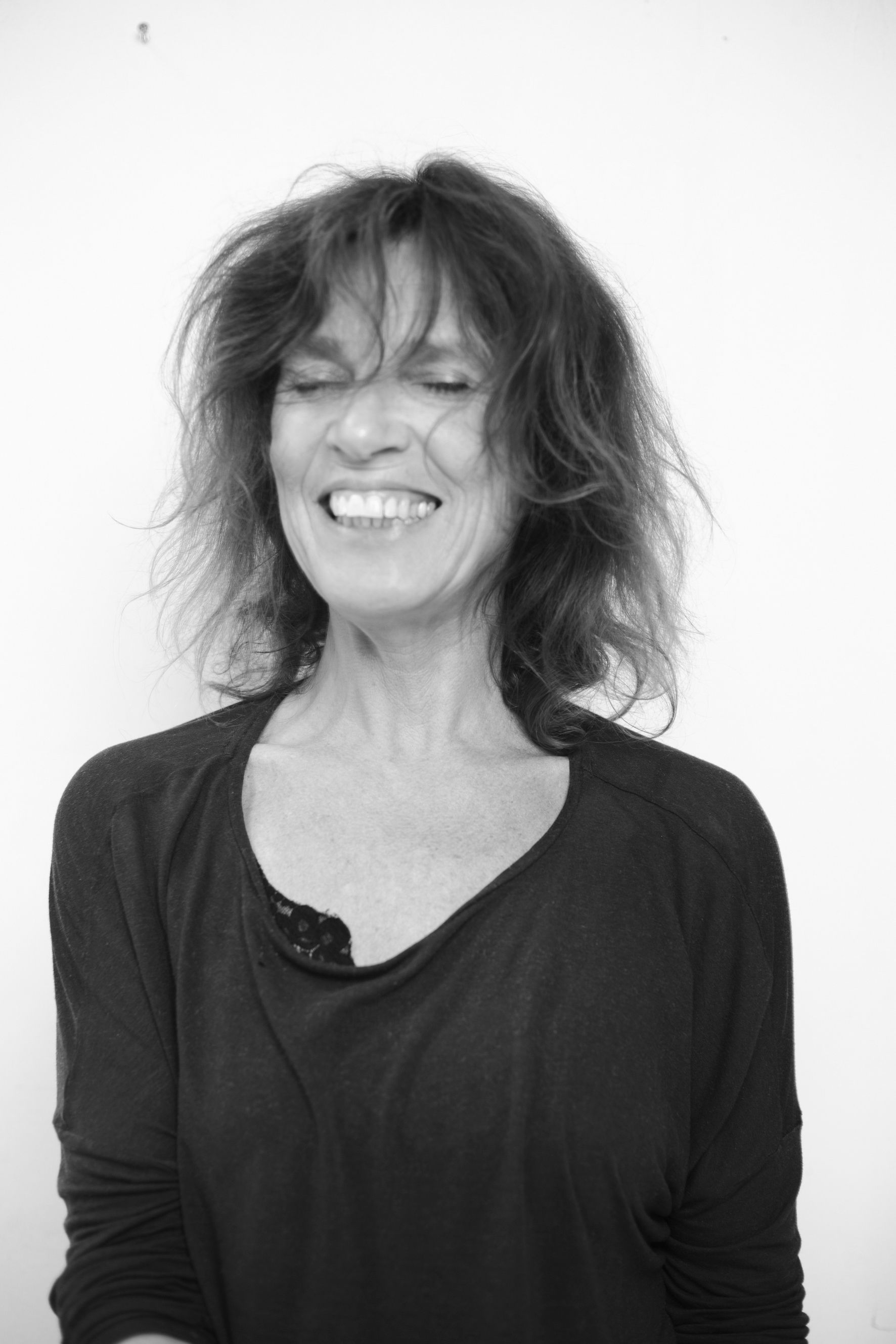

Work

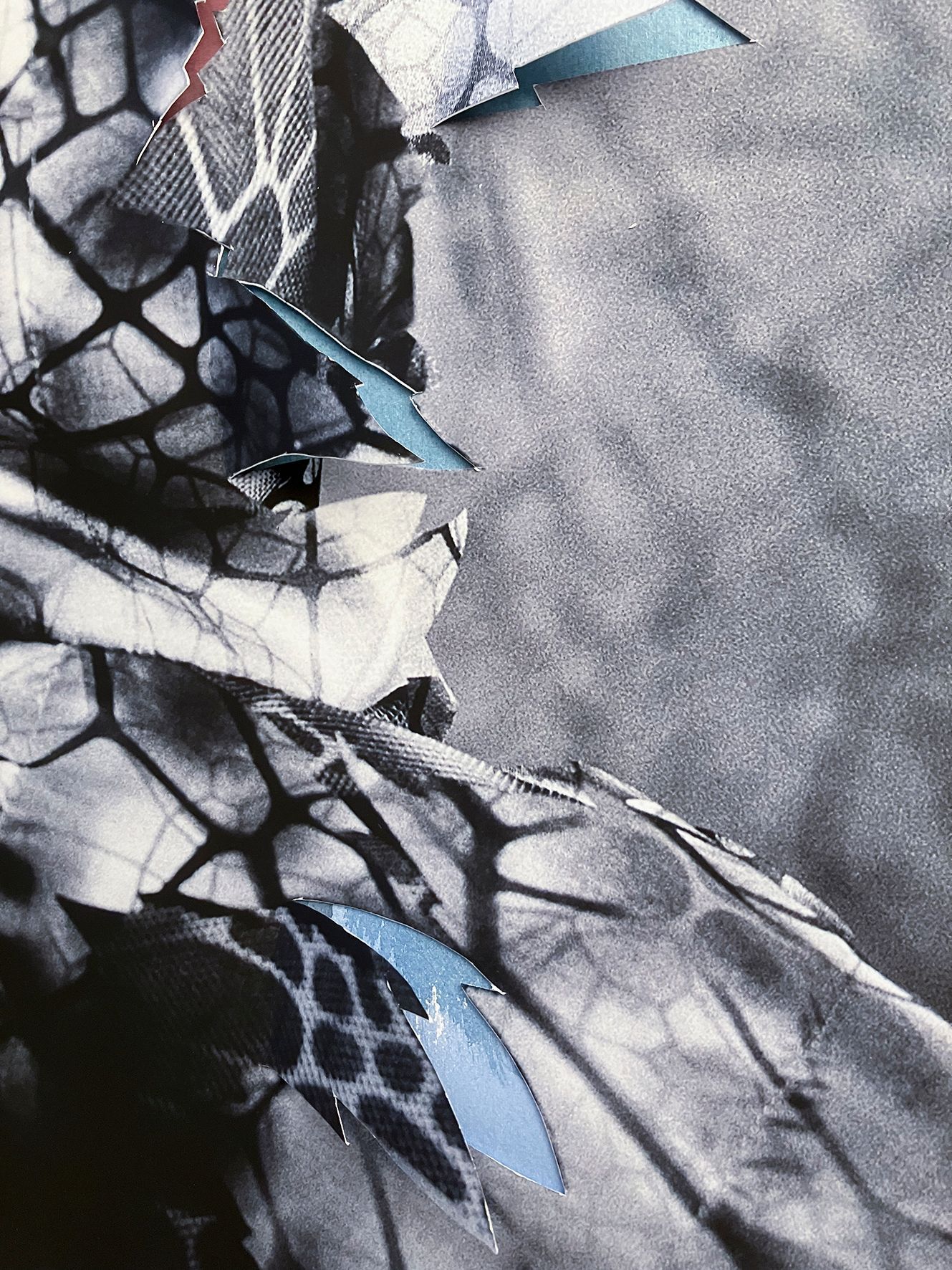


Drieluik:
l’Apparition (2024) 79x59cm | Archival pigment on Hahnemuhle photorag paper
Ader (2024) 79x59cm Handmade embossed print on kozo paper
Aarden (2024) 79x59cm | Scan monoprint on Archival pigment Hahnemuhle photorag paper
Drieluik
Marjolein van Veen is currently investigating with the project “Entre chien et loupe” the transformation to the new Symbiocene era. The era in which man is once again aware that he is not above nature, but is part of it.
The three images made during 'Beauty and Imperfection' show the unity (and/or similarity) between ourselves and other life.
Feeling a unity again between ourselves and the world we live in to keep our world livable.
Willemijn van Weegel (1992) explores personal and social themes with paint, camera and various materials, and creates images that stimulate and invite reflection.
www.instagram.com/willemijnvanweeghel.art
www.willemijn-van-weeghel.com

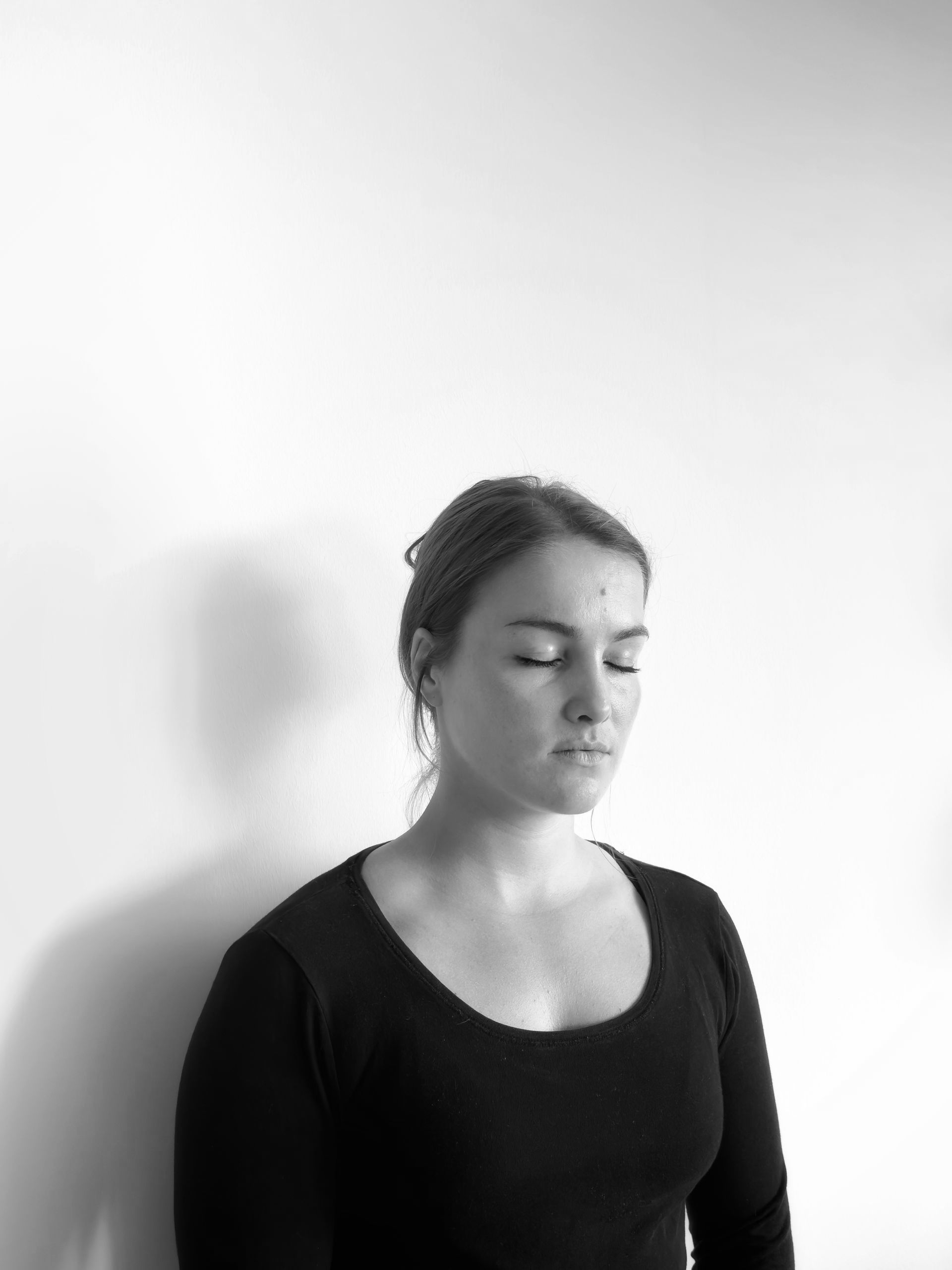
Work

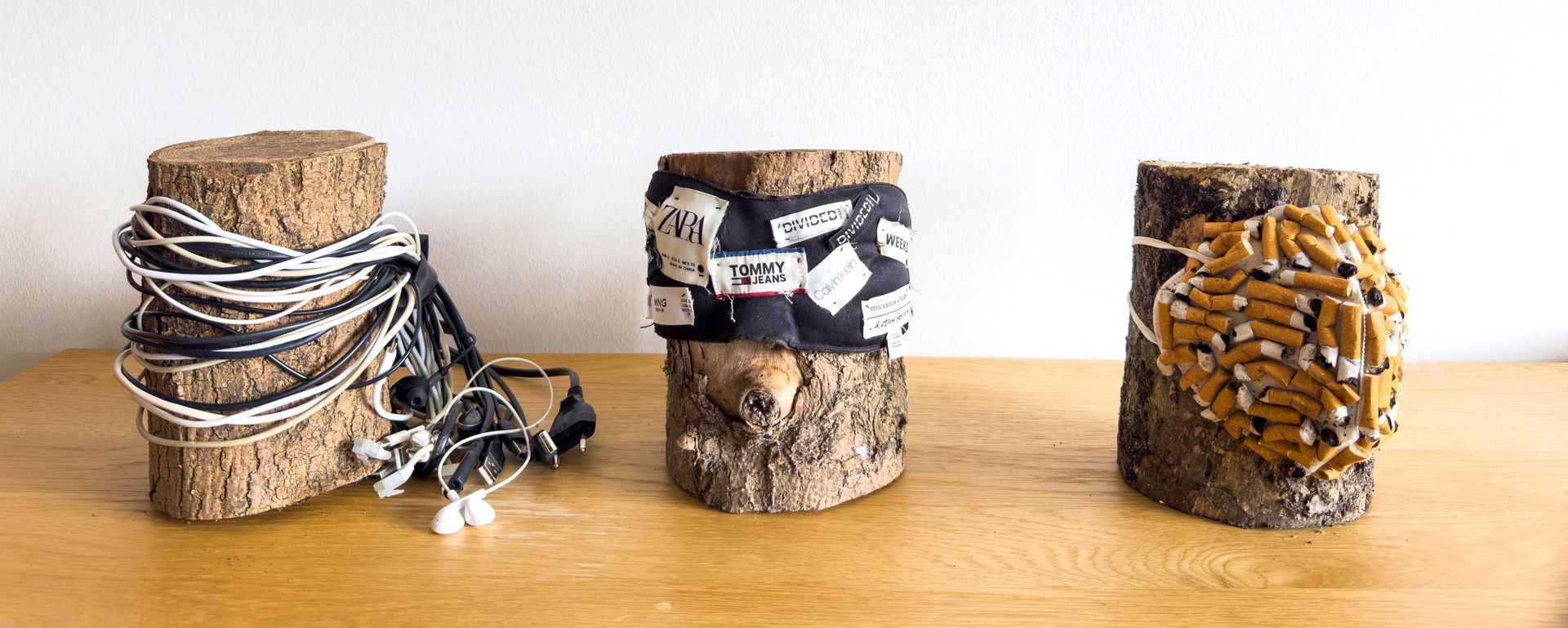
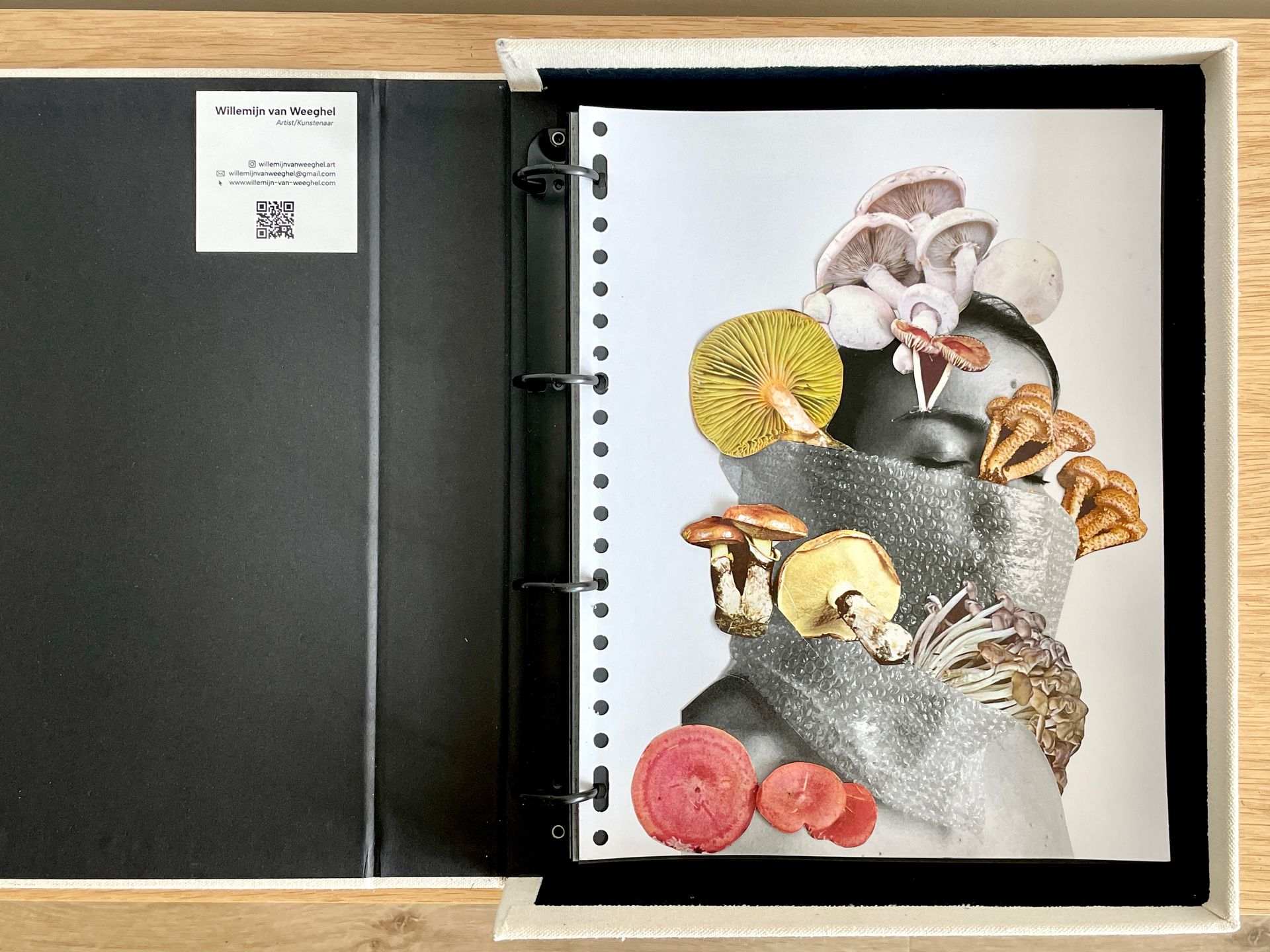
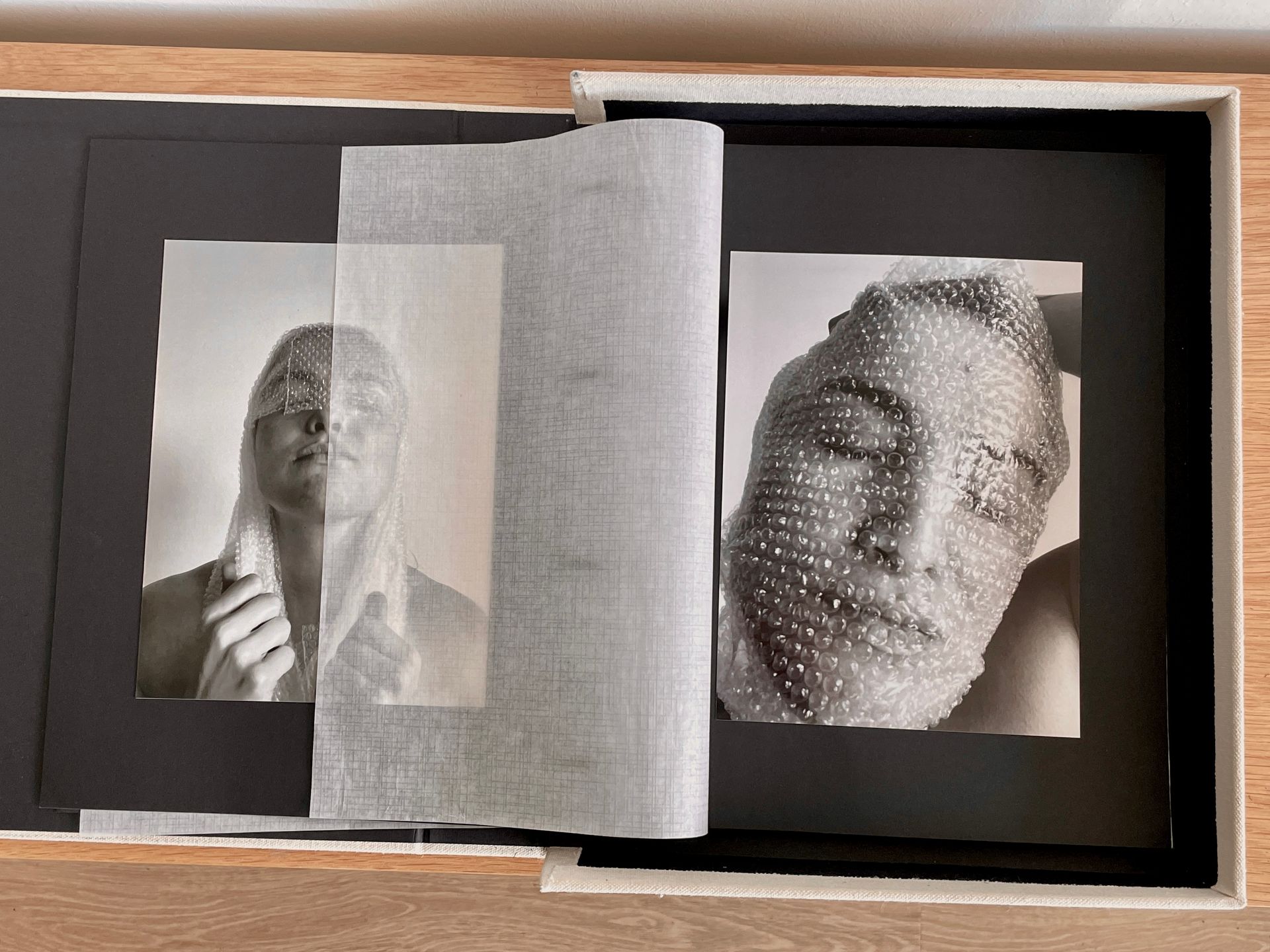
Hear, See and Be Silent
My work is about consumerism and is inspired by the statues 'Hear, See and Be Silent'. The self-portraits show the seriousness of the climate debate and reflect on destructive behavior. The objects supported by tree trunks symbolize various branches of the consumer/addiction society.
The colorful collages emphasize the resilience of nature as a counterpart.
In the self-portraits, humans show destructive behavior (for humans and nature), but by showing the collages and objects on the tree trunks, a contrast is created between humans and nature.
Frans Willigers' (1951) background is architecture, interior and furniture designs. In recent years, the emphasis has increasingly been on transforming utensils into objects.
https://willigers.com
https://www.instagram.com/franswilligers_design
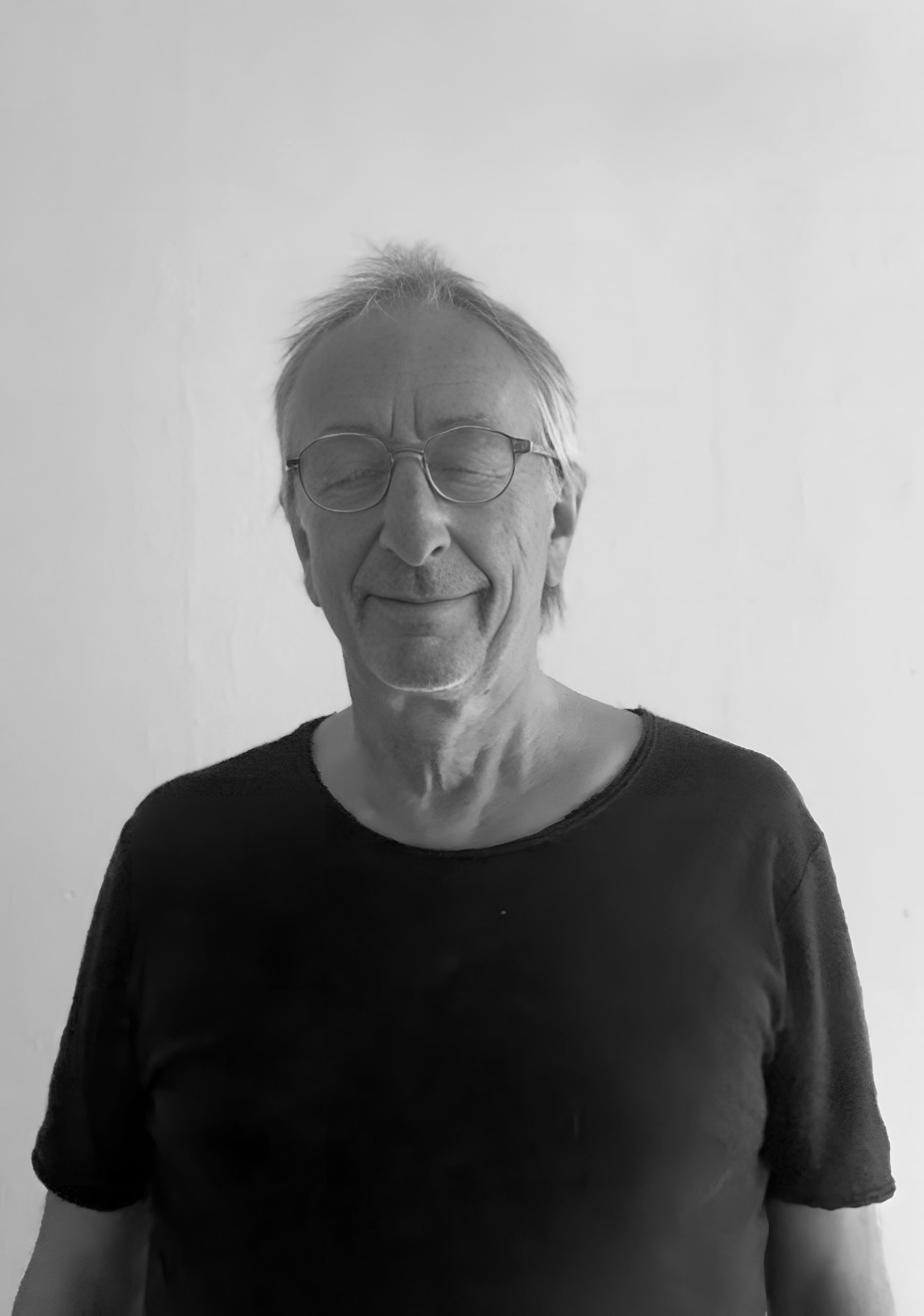

Work
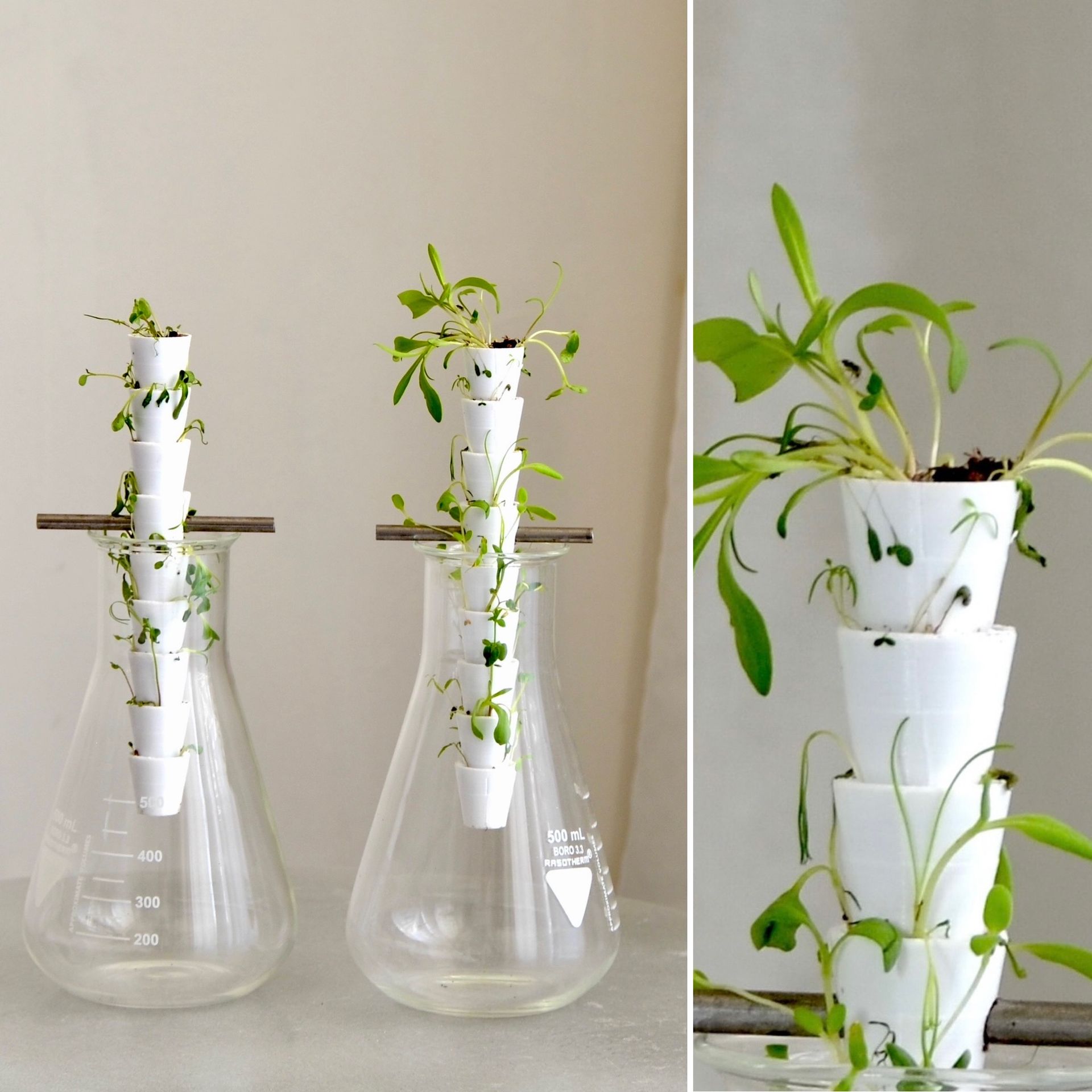

Green Lab
Inspiration was the black mustard plant with seeds in pods pressed against the stem. During the making, people became increasingly aware that life is created by the germination of the seeds. This is the reason for choosing a laboratory-like environment.
Flower Fortress
Inspiration was plants in sidewalks and walls that crawl through the tiniest cracks and then blossom into full bloom.
The peaceful coexistence of elements of completely different qualities.
Jiska Wolthaus (1973) is a self-taught photographer. Her black and white images explore vulnerability, strength and letting go, with exhibitions and recognition as an international photography talent (2022).


Work


Strength in Vulnerability:
The Beauty of Imperfection
My current work explores the beauty in imperfections through living with a chronic illness through self-portraits. By embracing vulnerability, I reveal symbiosis between body and mind.
Harmony is found by accepting and embracing the fullness of life, including its challenges.
